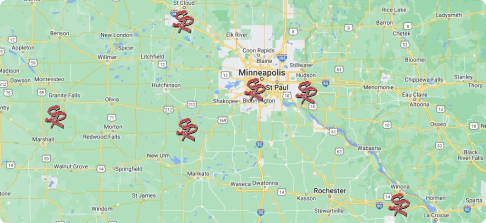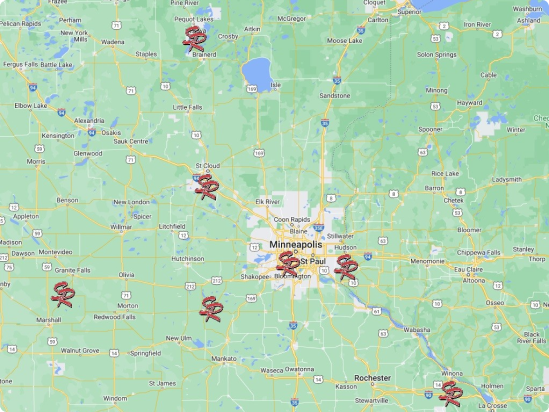It’s that time of year again. Many large snowstorms are on the way, threatening to dump feet of snow on your home. To top it off, cold temperatures will also cause ice to accumulate on your roof, in your gutters, and even in your downspouts. This can cause ice dams, excess snow accumulation on your roof, and other winter weather dangers that can damage the exterior of your home (particularly your roof).
While it’s important to clear snow and ice dams off of your roof and out of your gutters, it’s a good sign to see some snow accumulation on your roof!
What Snow and Ice Accumulation On Your Roof Means
Besides telling you that it’s recently snowed, some rooftop snow accumulation simply means that your roof is well insulated. Just make sure to clear it off if too much accumulates due to a heavy storm. While snow should continue to move and fall off a sloped roof, ice will generally build up on lower-sloped roofs because they are typically tougher to insulate. Lower-sloped roofs tend to have small attic spaces, which limits air movement as well as the amount of insulation that can be hung or blown in. Cathedral roofs are also susceptible to heat loss because they generally do not have attic spaces. Still, ventilation and insulation on these types of roofs are important, and there should be a proper amount of space in the roof framing for spray insulation with the proper R-value to be applied.
After a large snowfall, take a moment to inspect your roof to ensure there are no spots where excessive snow has built up. There are also a few other things you should look for:
- “Bald” patches where snow melts quickly on your roof: While it’s normal for snow to melt more quickly around vents, smokestacks, etc. bald patches in the middle of your roof indicate that there is a gap in insulation, causing heat to escape the roof and melt accumulating snow.
- Icicles: these are a clear indication that excess heat is escaping from your roof. It’s also the number one sign of ice dams. Excessive amounts of icicles mean that your roof is warm enough to melt snow (meaning heat loss is occurring), yet it’s still cold enough for the water to refreeze quickly.
Lessons Learned
The best way to prepare a home for winter is to ensure that your attic space, windows, doors, and every other part of your home is both insulated properly and well-ventilated. This will allow proper airflow throughout the home while keeping heat inside. If excessive snow or ice accumulates on your roof, take the appropriate measures to clear it off as soon as possible.


